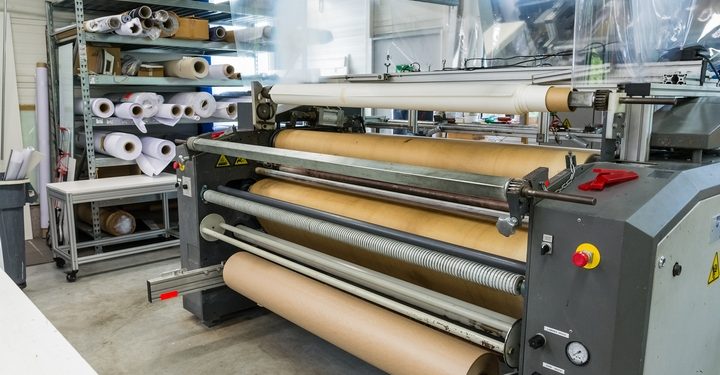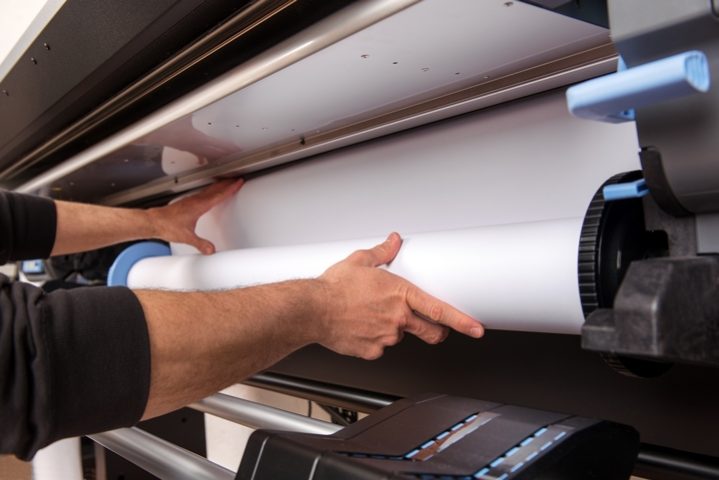8 Different Types of Printing Industry Trends

Most people think that the printing industry is static, especially with the rapid growth in digital media and easy access to newspapers, magazines, brochures, flyers, the Internet, and all of the other technological advancements.
But this is a misconception. The truth is that the printing industry has continued to grow and has even managed to keep with the advancing technology. The biggest utilization of the printing industry is for labels and packaging, direct mail, printing material for real estate and travel industries, books and magazines, and commercial printing for small businesses.
Here are eight different types of printing industry trends that have emerged:
Trend #1: Increased Security

Everyone is fully aware of the vulnerability of printing to cyber hackers. Hence in 2019, the security requirements for commercial printing have tightened. The GDPR has also insisted that improvements in print security must be paramount to prevent hackers from stealing confidential information that is often stored on printing devices.
Currently, printing companies have started to deliver automated cloud-delivered patch files for vulnerabilities in printing. In addition, print manufacturers will be expanding their security and monitoring services in all areas of business and personal home computing.
Trend #2: Print is Here to Stay

Despite the rapid adoption in mobile and digital technology, the majority of business still rely on print for their daily business. There is still a huge demand for office printing in businesses and flexographic printing in industrial facilities. This is due in part to the ongoing need for receipt of any paper communication and signatures.
However, now, Xerox has taken a step forward and has started to integrate paper and digital workflow services. This will assist businesses to make better use of any existing smart MFP investments.
Trend #3: Traveling to the Cloud

Managed printing services via the cloud will be the new norm. In 2019, cloud-delivered managed printing service will be the new norm, which will hopefully decrease the stress associated with managed printing. It may also help lower the cost of printing.
Due to the modern printing industry trends, some vendors have started to move management to cloud-enabled printing jobs. These are submitted to a virtual print server, instead of multiple on-site servers. Cloud services are also offering channel partners which can help improve customer relationships, enhance profitability, and provide a cost-effective approach to managed printing services.
Trend #4: Greater IT experience

As managed printing services improve, there will be a greater need for IT service providers compared to the traditional print suppliers. These printing industry trends mean that channel partners will need to expand their IT services or partner with other IT service providers to give access to a wide range of printing services and options.
Trend #5: An Artificial Intelligence World

Artificial intelligence is no longer some exotic idea. In 2018, some printers already had rudimentary voice recognition capability, but by 2019, this is expected to increase even more. Xerox and HP have already developed AI technology for printers. In fact, both have partnerships with Amazon and Google. All one has to do is to speak to Siri or Alexa, and these devices will tell the printer what to do.
Trend #6: How Big is Big Data?

Big data has always been a big deal in the latest printing industry trends. In 2019, we will continue to see printers compile both digital metrics and user data to create a virtuous growth cycle in the world of commercial printing. The generation of big data will permit greater personalization, allow for better marketing, and improve brand recognition.
Trend #7: The Web-To-Print Connection

An ongoing printing industry trend from 2018 will be web to print solutions. At the moment, most printing from the web is not satisfactory, but providers will be upgrading their systems in 2019. At the same time, the newer generation of printers will be custom-made and tailored to the industry, have more adaptable solutions, and be affordable.
Trend #8: Greater Utilization of 3D Printing

Already, we see evidence of the wonders of 3D printing in the healthcare industry. And this type of application will continue to increase in 2019; with the technology being improved upon, it might extend into 4D in many years to come. Significant investment and research are already underway, and this is expected to materialize in greater benefits to several industries around the world.
The fact is that with the immense growth of digital print, the speculation that the printing industry will decline further is not an accurate forecast. There are still many areas where the printing industry will continue to play a leading role – whether it’s the printing and packaging of pharmaceutical drugs or real estate and travel brochures or the printing of a 3D heart, the printing industry is all set to further innovate and utilize advancing technology to provide better services, improved quality, and economical products.
Just like eBooks could not make printed books obsolete, the same way the availability of online content cannot replace printed material. Both are needed in most industries. The print industry might not go through a revolution. But it will go through an evolution.


